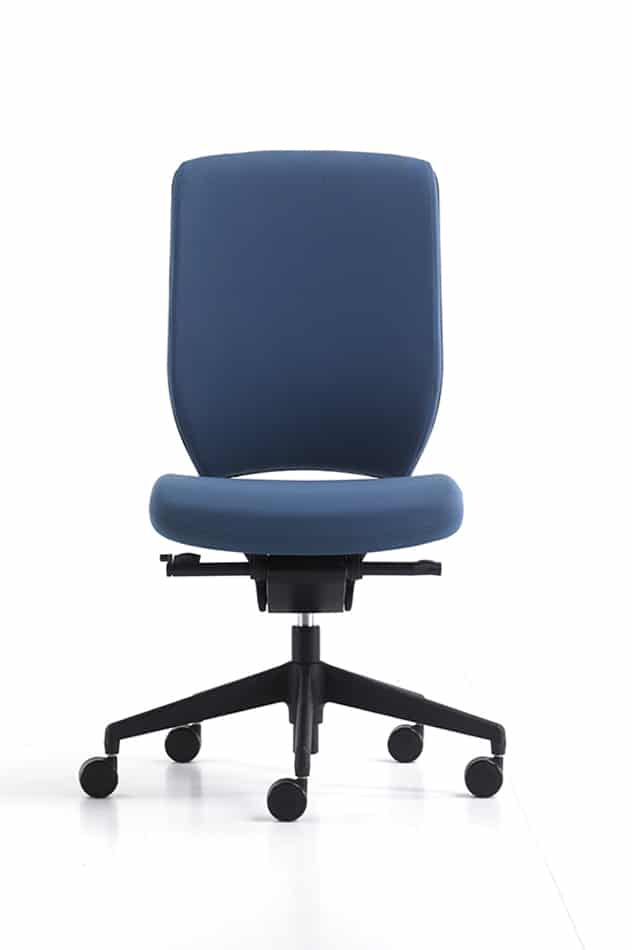Can office furniture really boost physical and cognitive wellbeing?
Last week, we spoke about how the biophilic design can boost an employee’s productivity and mental wellbeing. But it’s not just the office environment that can protect the body and inspire the mind – office furniture also achieves this.
It’s easy to get lost in the ‘bigger picture’ when designing an office and overlook the simple things, such as desks and chairs. But it’s this furniture that plays a major role in enhancing an employee’s quality of life in the workplace.

Imagine sitting in an uncomfortable chair for around eight hours a day. It would be distracting, irritating and above all, detrimental to your physical health.
Previous studies have found 40 per cent of work-related injuries come from the effects of sitting on unsupportive office furniture.
Today, offices are becoming more aware of the dangers surrounding uncomfortable furniture and are now investing in chairs that nurture the employee’s overall wellbeing, as opposed to compromising on safety.
In a previous blog, we briefly spoke about the ergonomic chair and its many benefits. Differing from traditional furniture, the ergonomic chair is designed to be very effective in promoting physical and cognitive wellbeing.
Keeping the user upright reduces stress on the spine, neck and hips. This is achieved by a head rest which supports the neck and shoulders, and a back rest to support the natural curve of the spine. Simple features like these can prevent cervical spondylosis (neck arthritis) in later life.
To further support posture, you can adjust the height of an ergonomic chair to ensure you are sitting with your feet flat on the floor and your knees at a 90-degree angle, parallel to your hips. Even just sitting on an ergonomic chair avoids exerting pressure on your hips, with a seat depth of two to four inches from the back of your knees.

The adjustability of an ergonomic chair is its fundamental function. Most traditional chairs can’t be adapted, which can lead to long-term discomfort and distraction – common causes to a reduction in productivity.
The science behind the ergonomic design also takes into account a person’s cognitive wellbeing.
Keeping the body in a safe and comfortable position will stimulate a greater focus in perception, memory, reasoning and motor response.

But it’s not just ergonomic chairs that can improve physical and cognitive wellbeing.
Ergonomic keyboards can increase typing speeds by reducing repetitive reaching and stretching and pivotal monitors allow employees to focus on their screens for longer periods of time, by reducing eye strains and headaches.
Another growing trend in ergonomics, and fast becoming compulsory in some offices, is the sit-stand desk, which is designed to get staff up and moving more.
Due to its gas spring arm system, the desk can be effortlessly moved from sitting to standing in just mere seconds, and the workstation can be easily moved to provide access to the desktop.
A variety of shapes, sizes and mechanisms help to reduce the risk of aches, injuries, cardiovascular disease and other unhealthy effects brought on by prolonged sitting.
Overall, ergonomic office furniture is vastly becoming commonplace in offices all over the world for its many benefits. Providing furniture that offers comfort to the employee, will in turn lead to greater productivity and quality of work, all while protecting and promoting their wellbeing.


